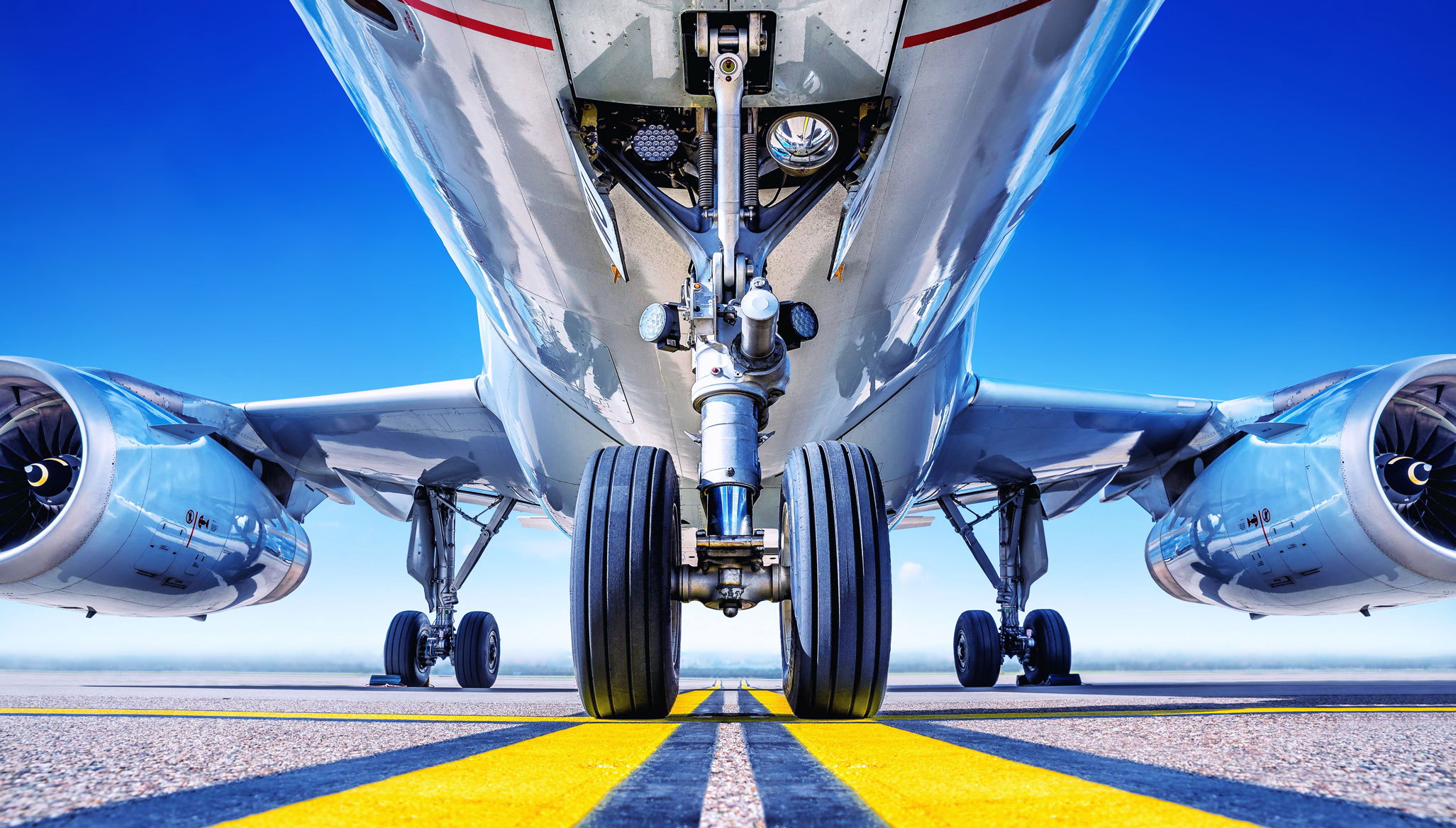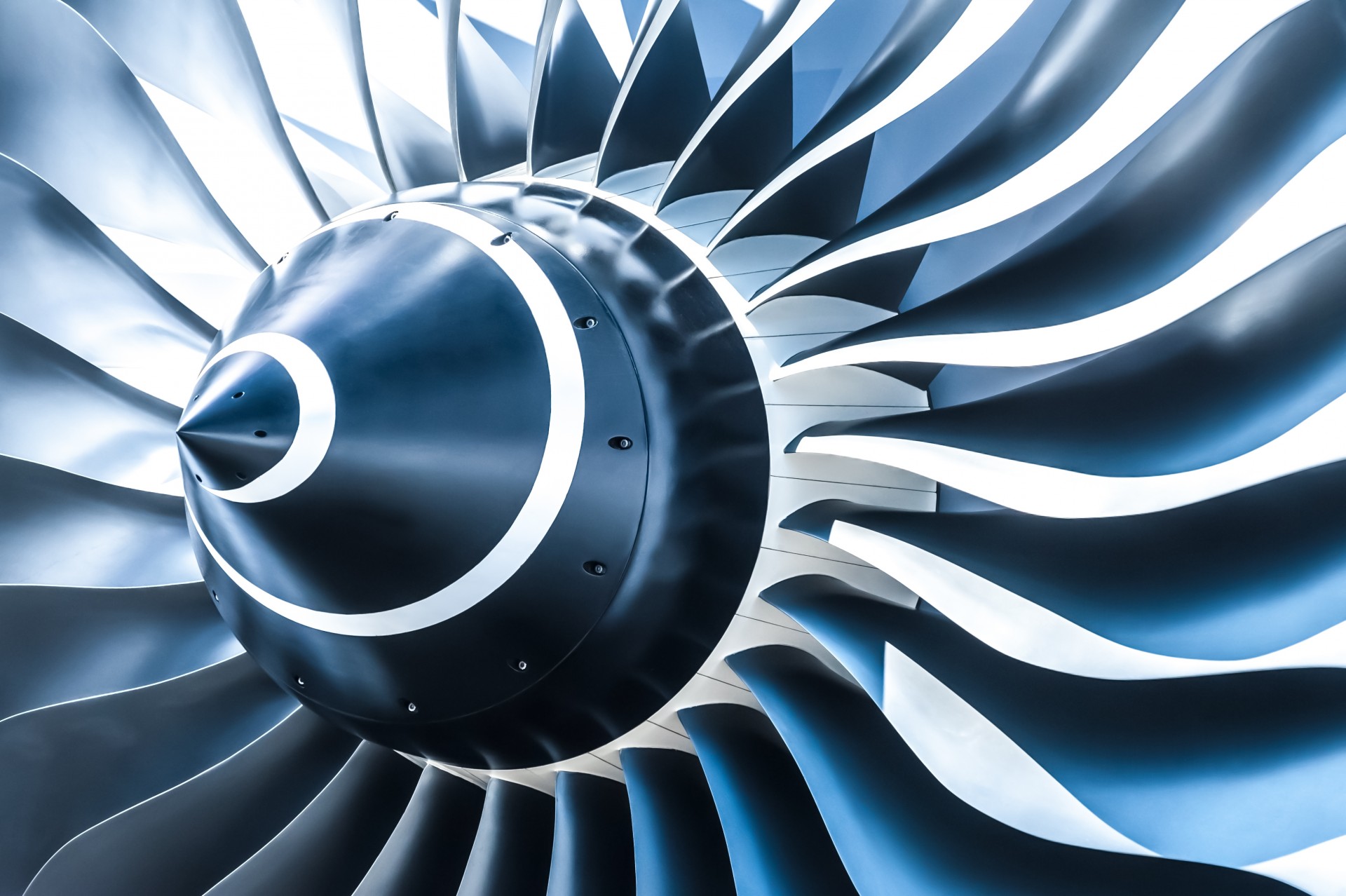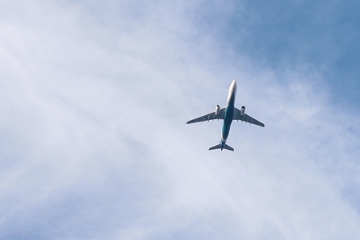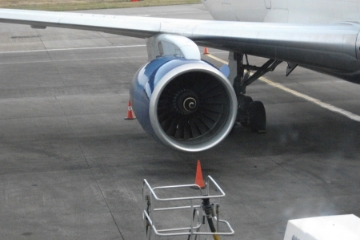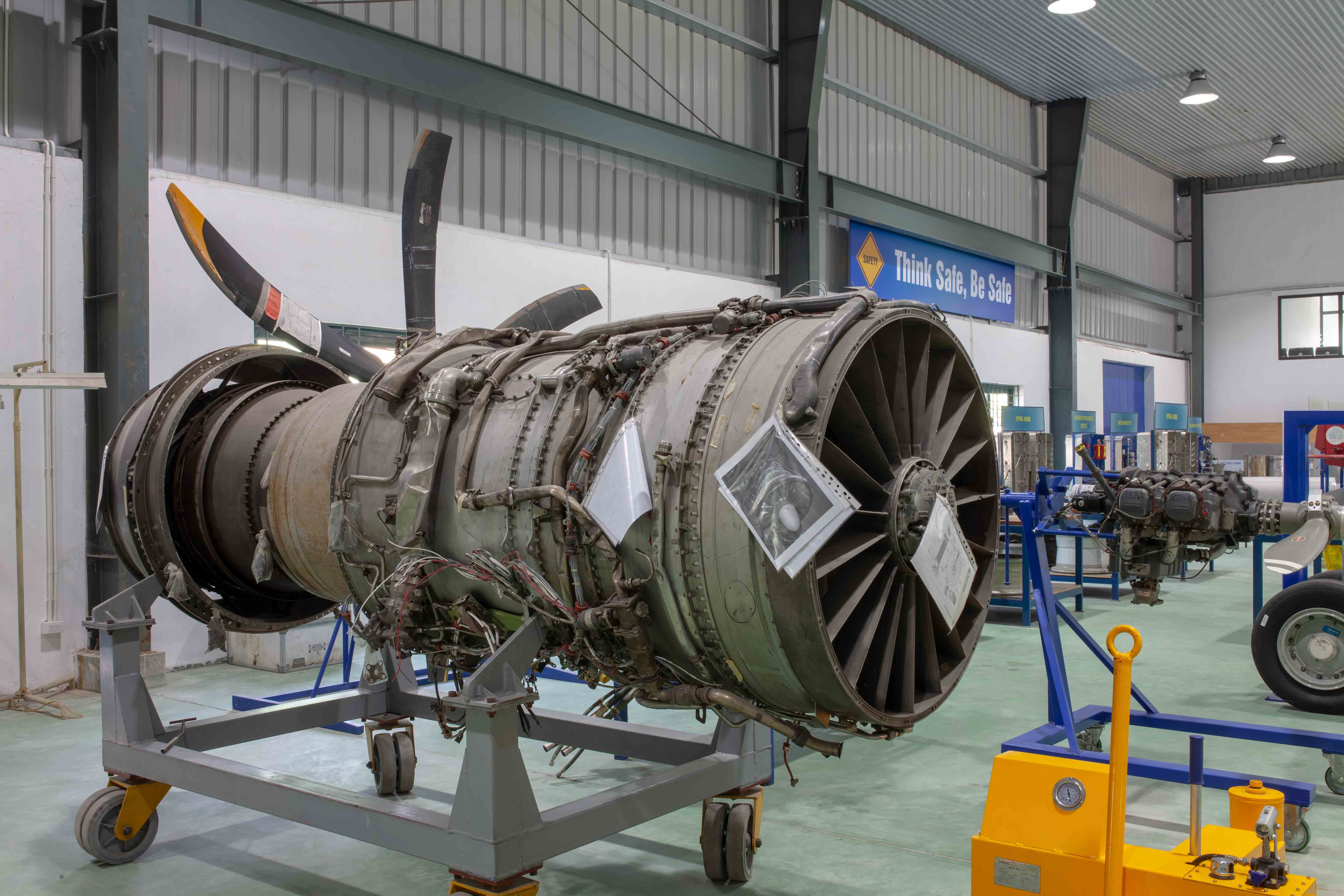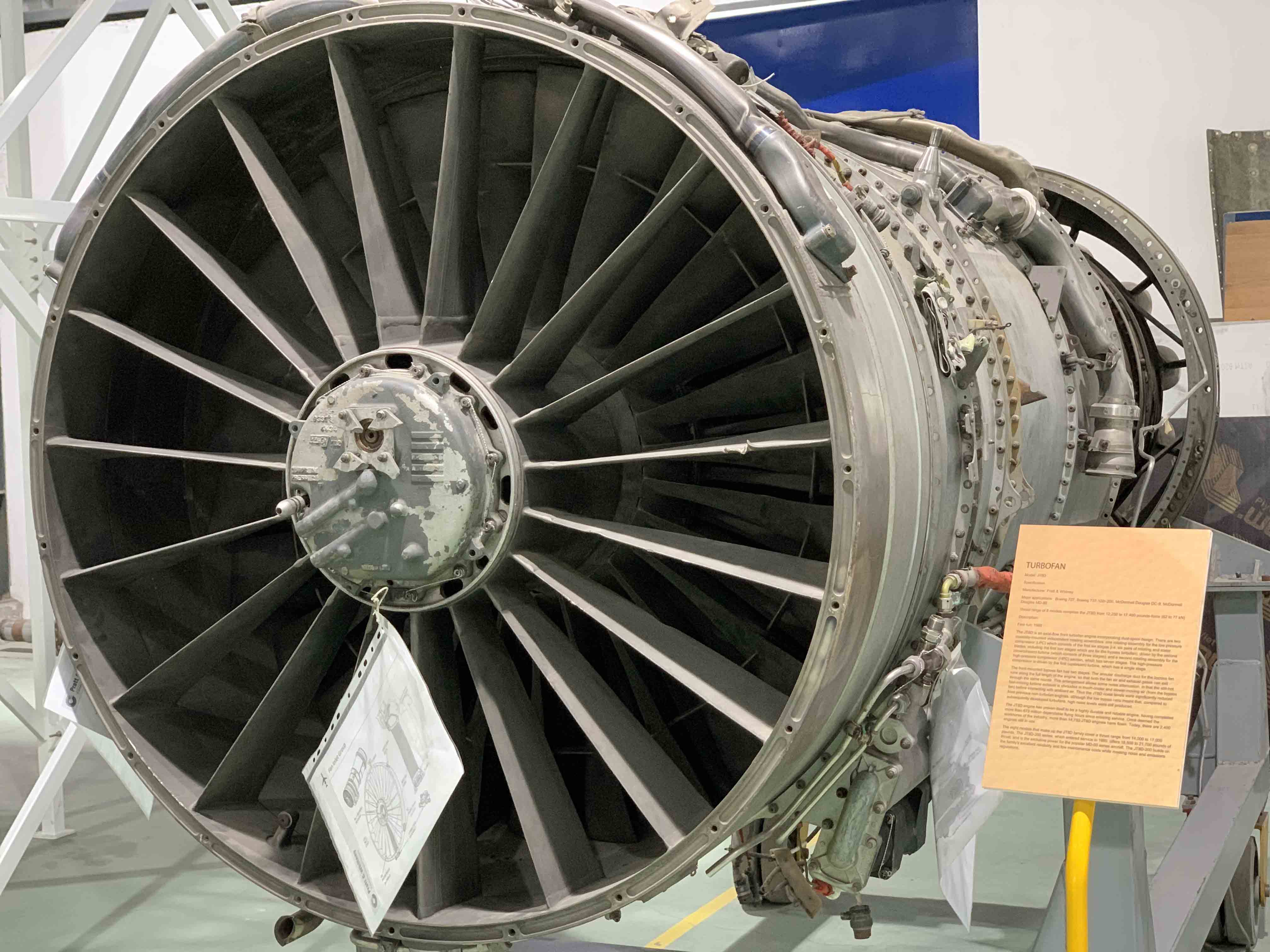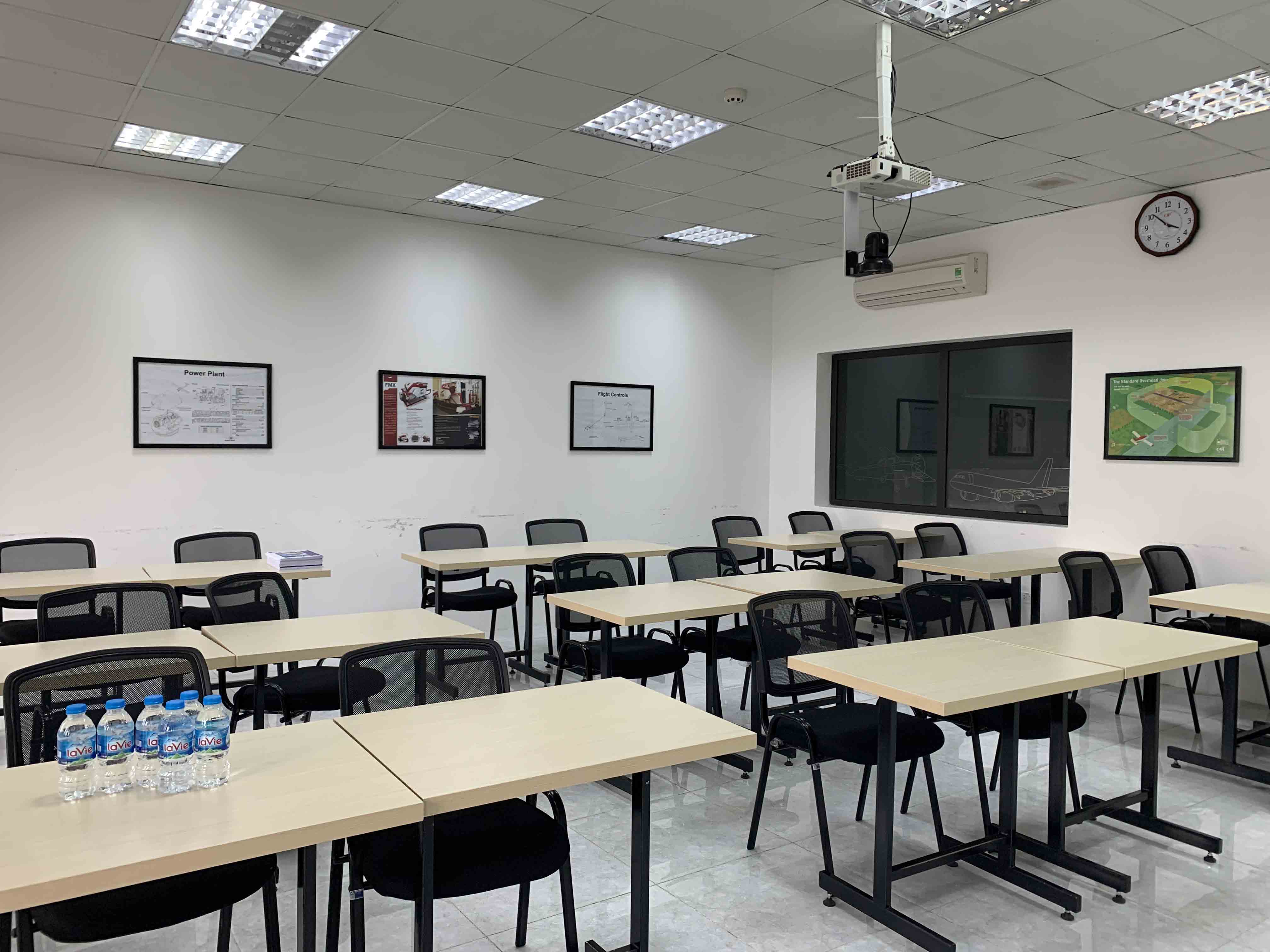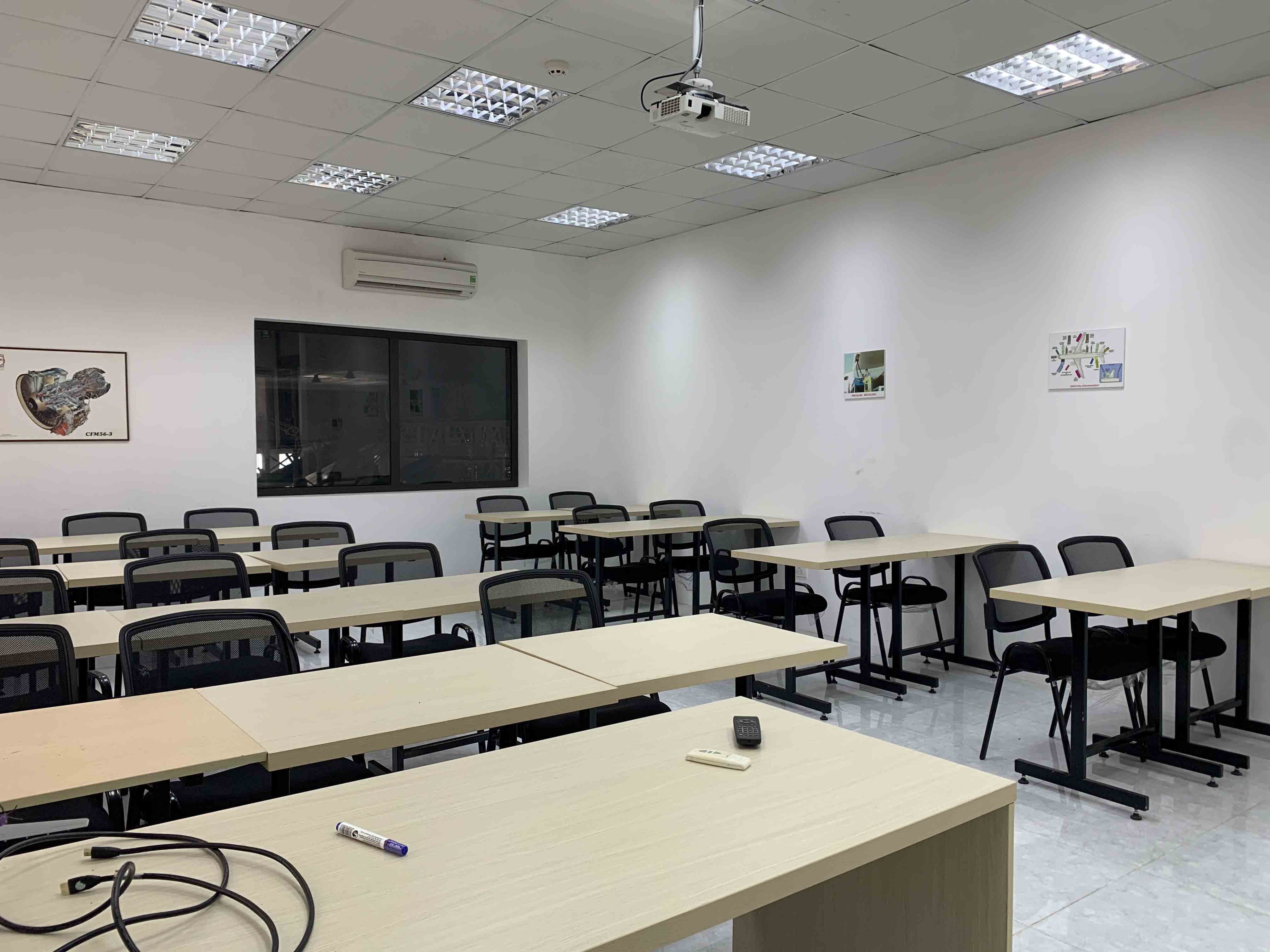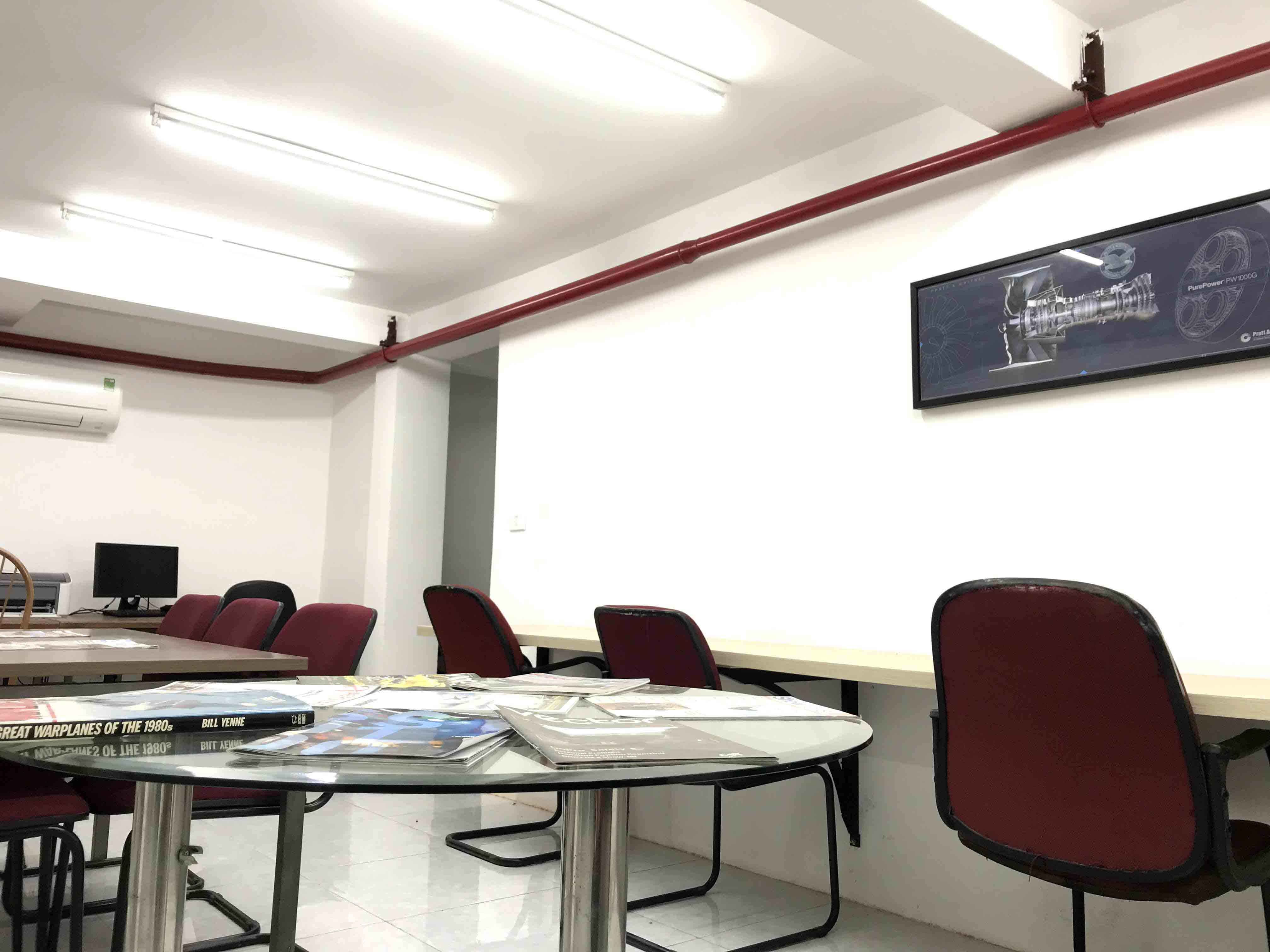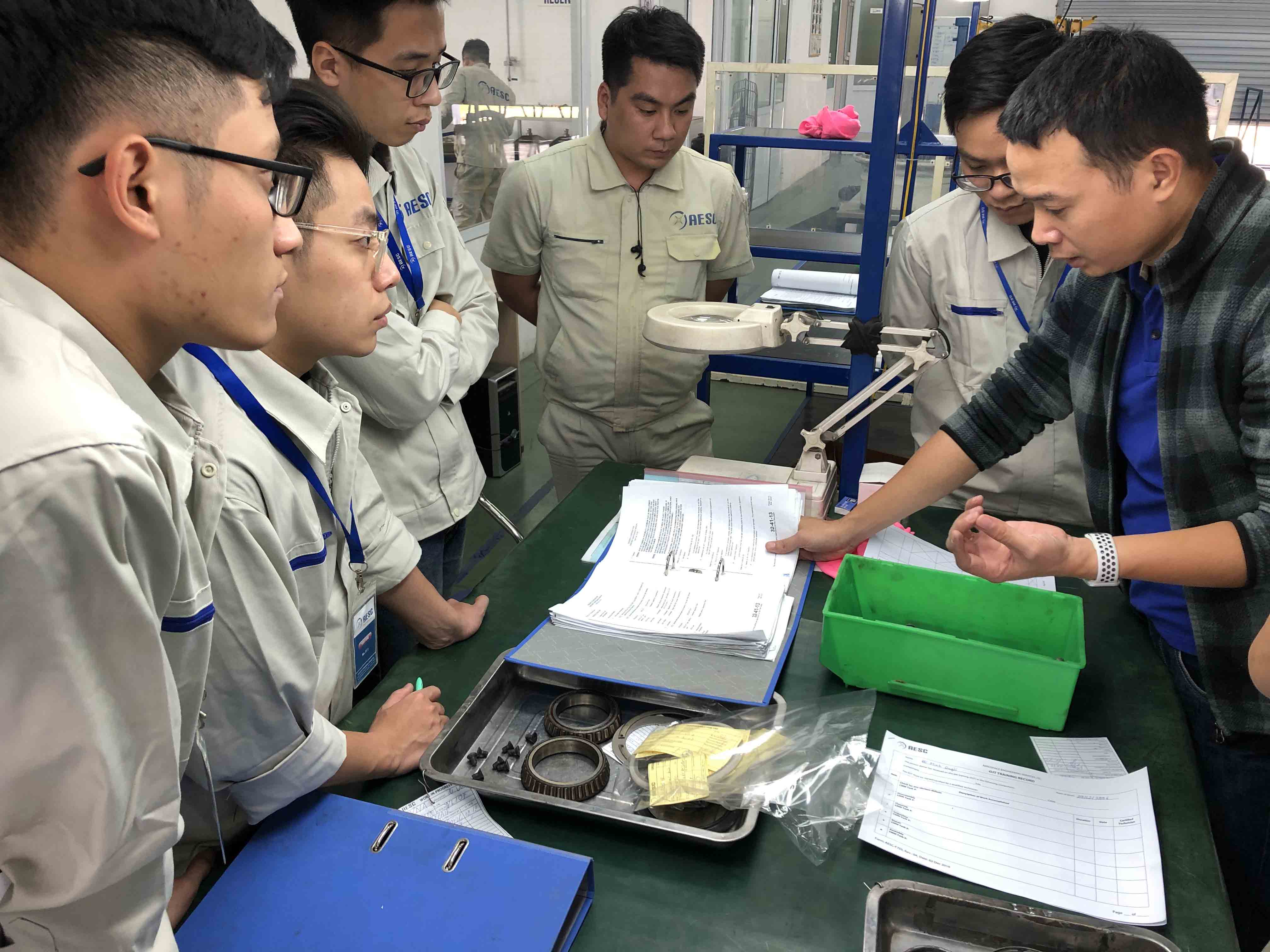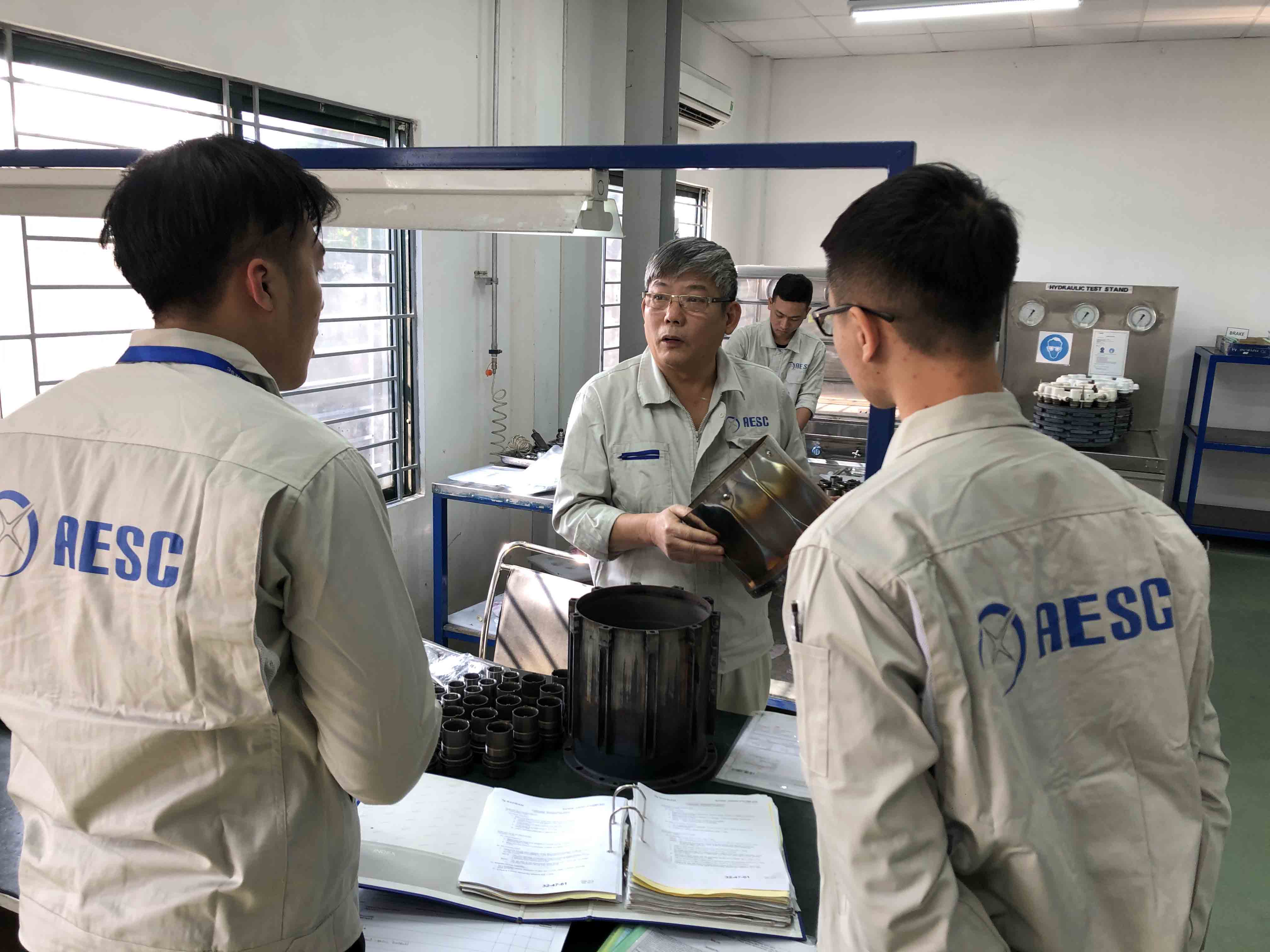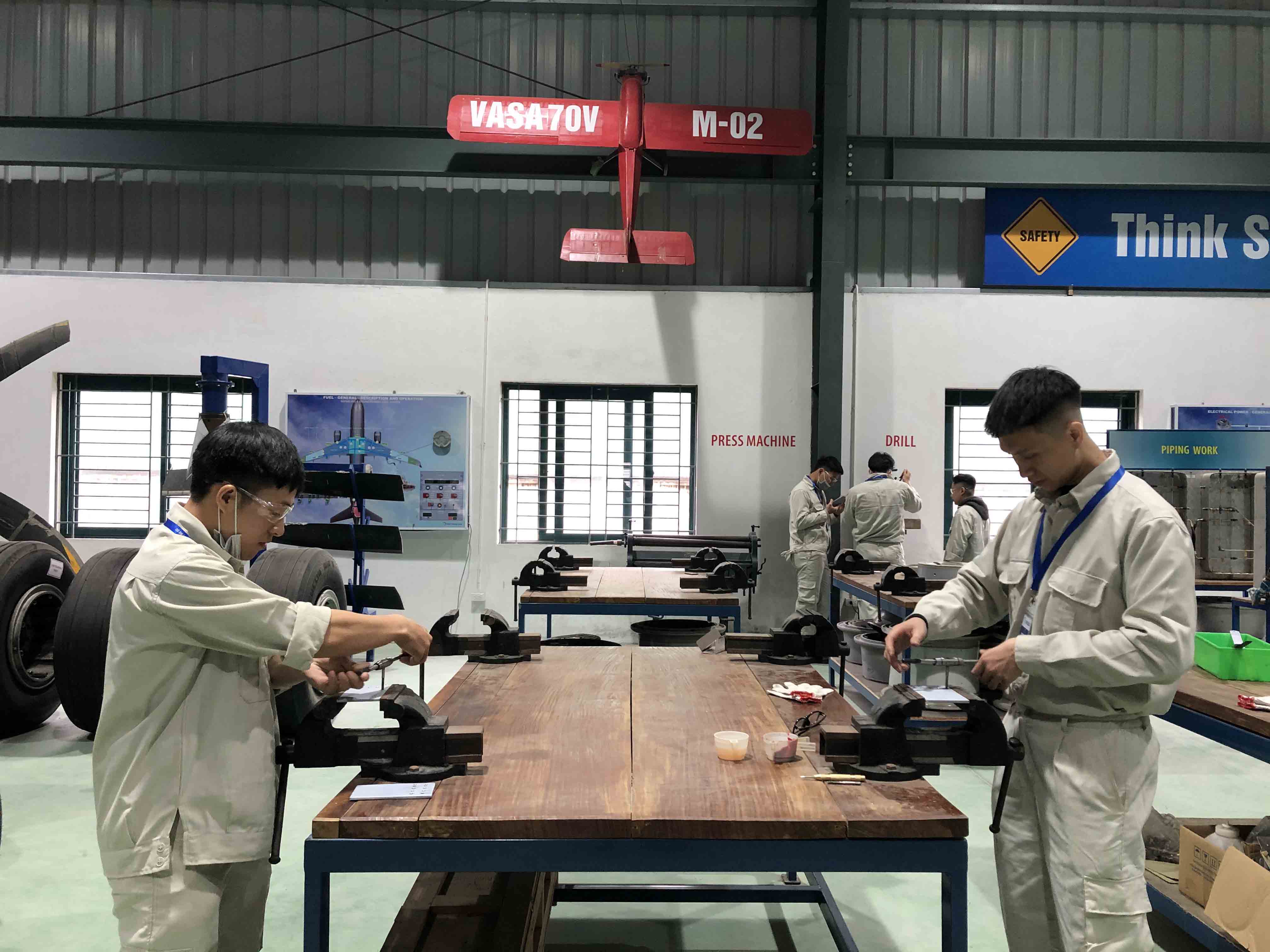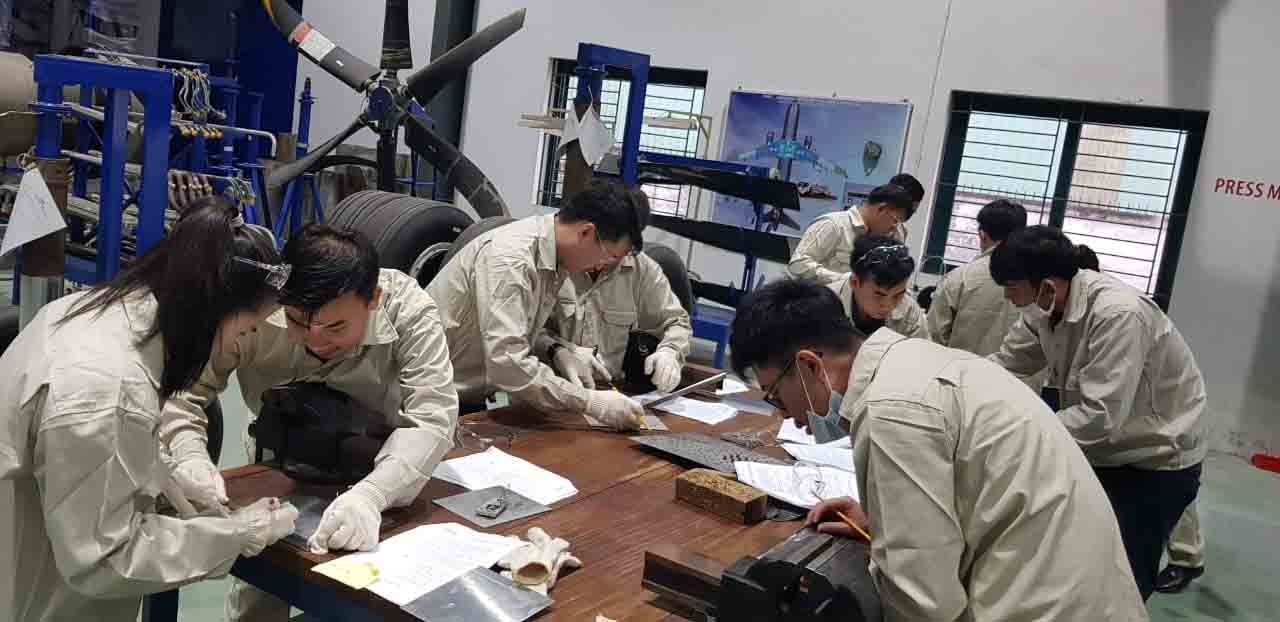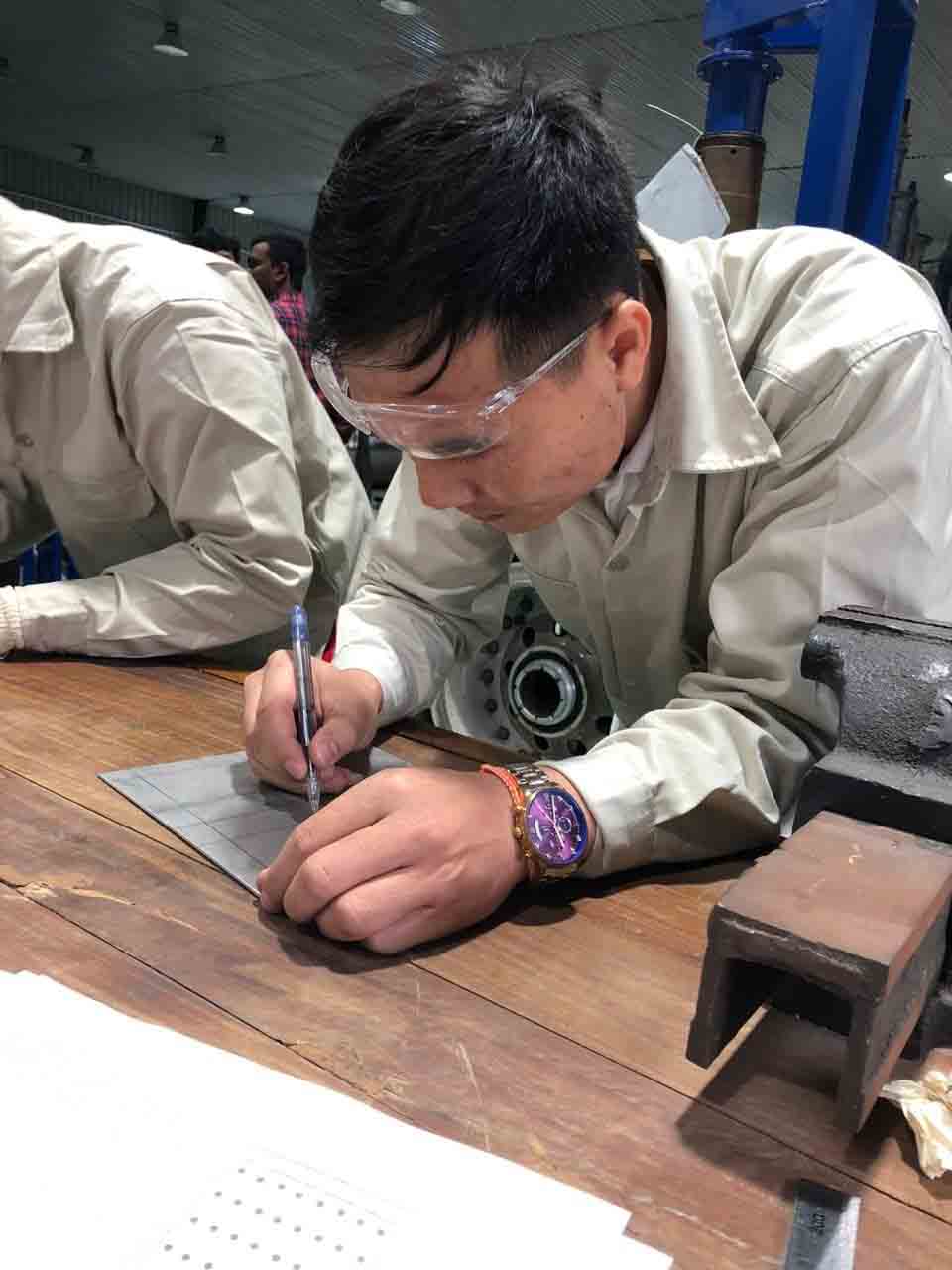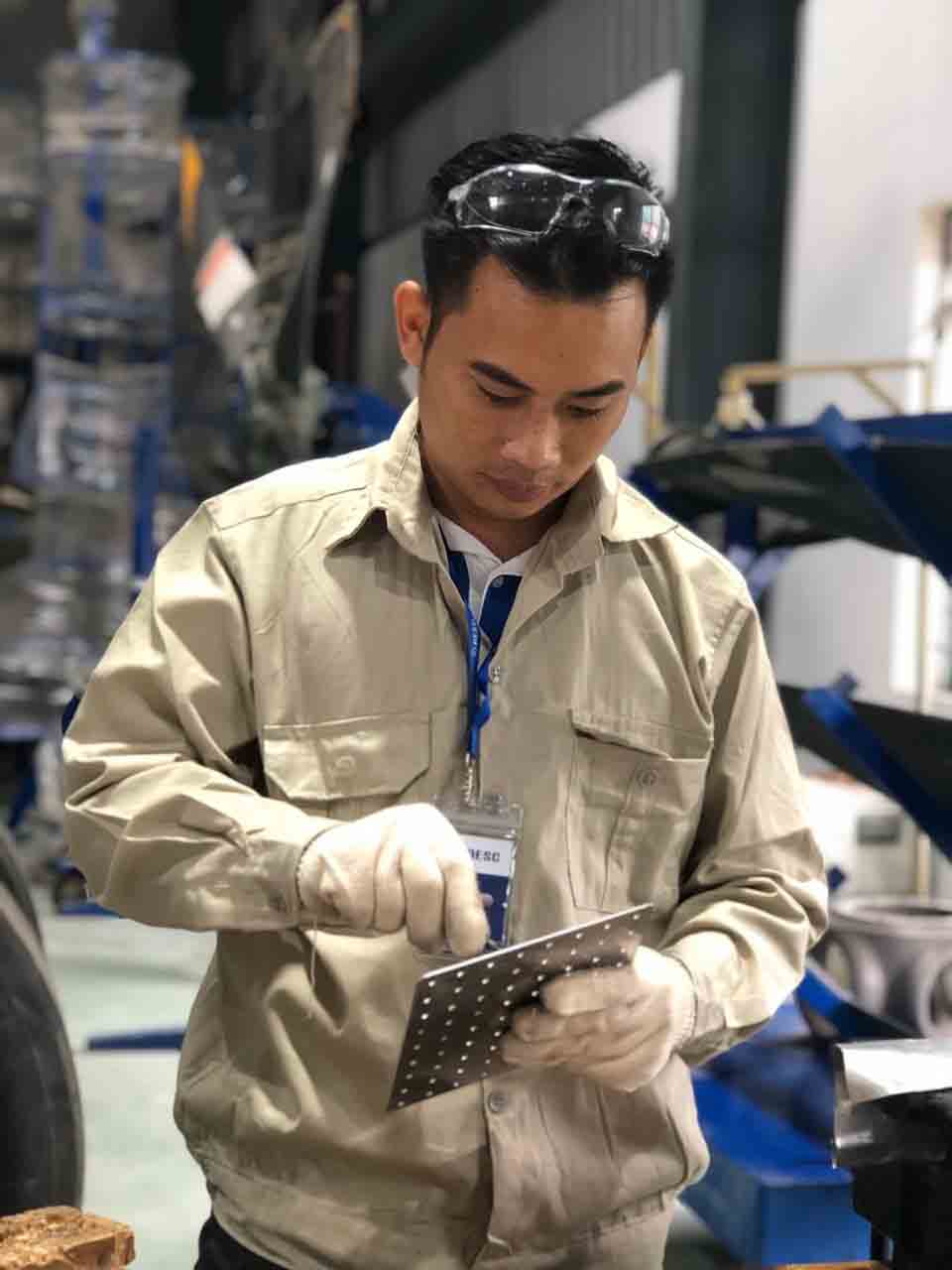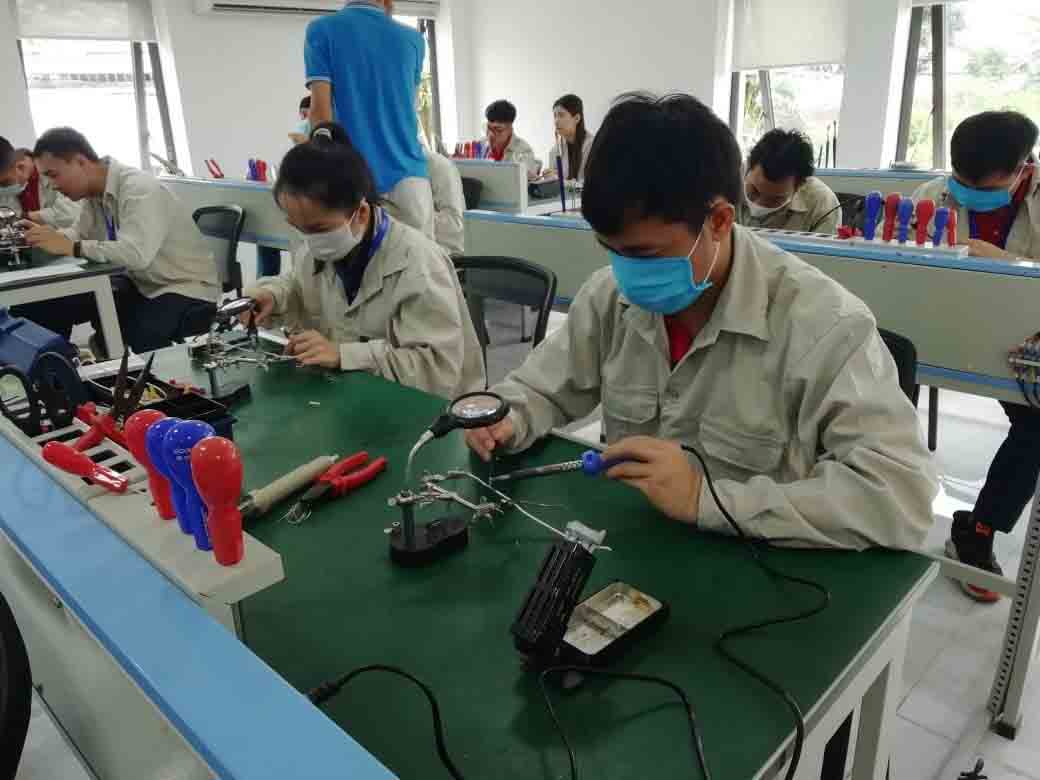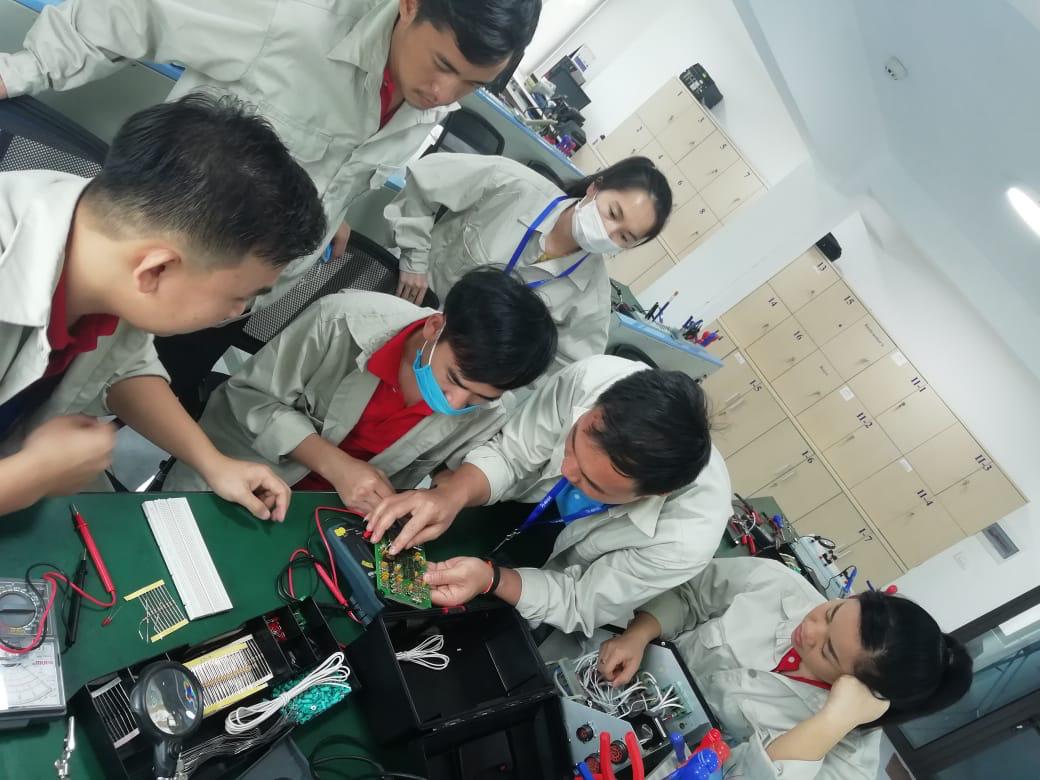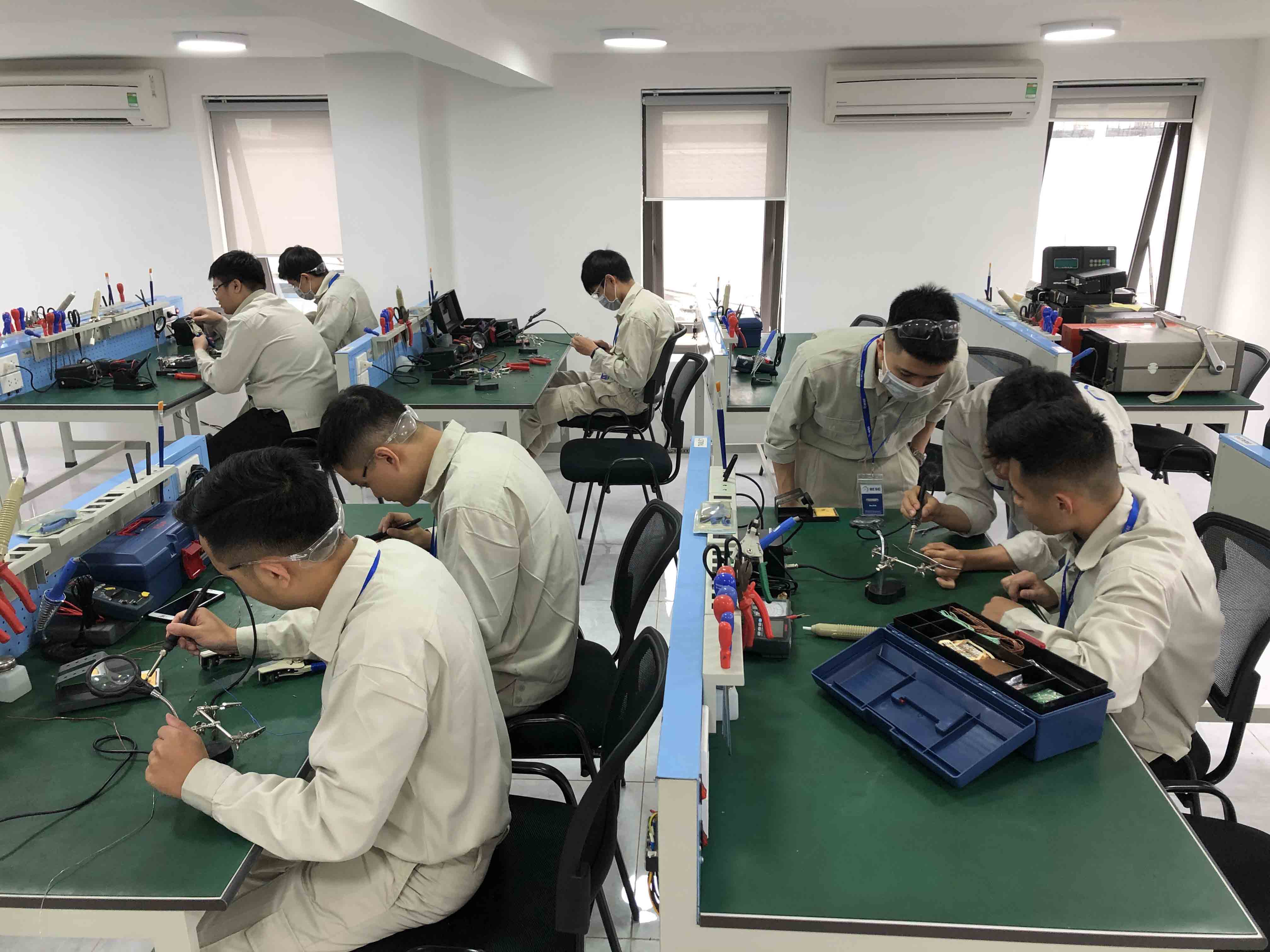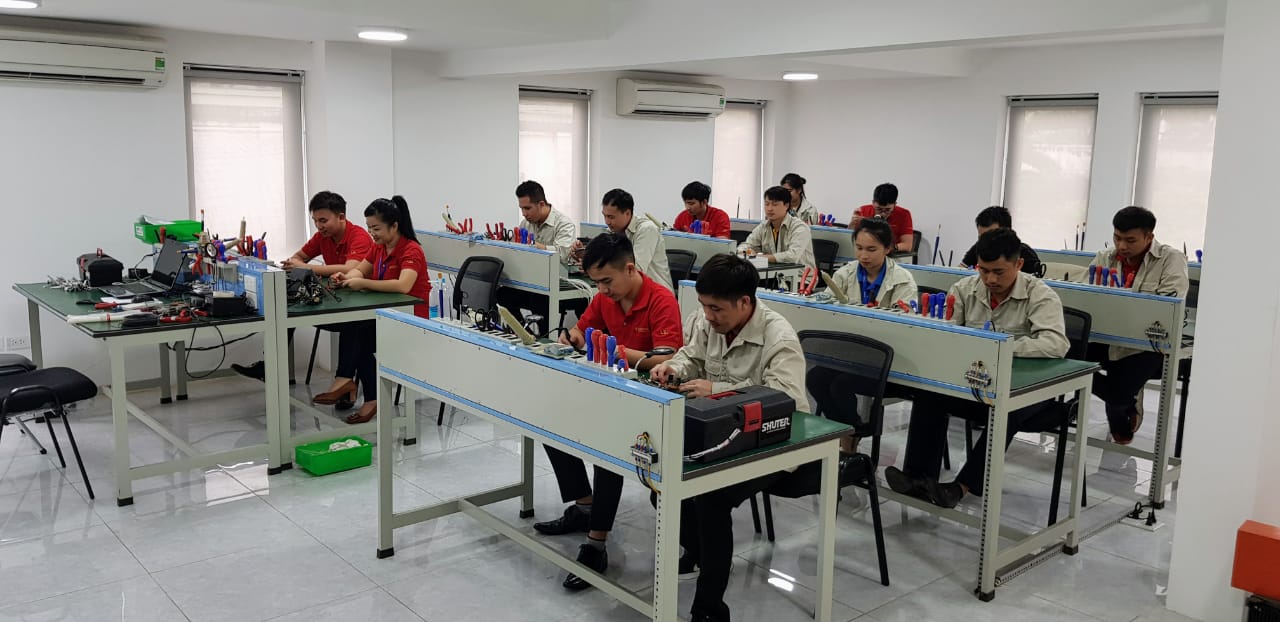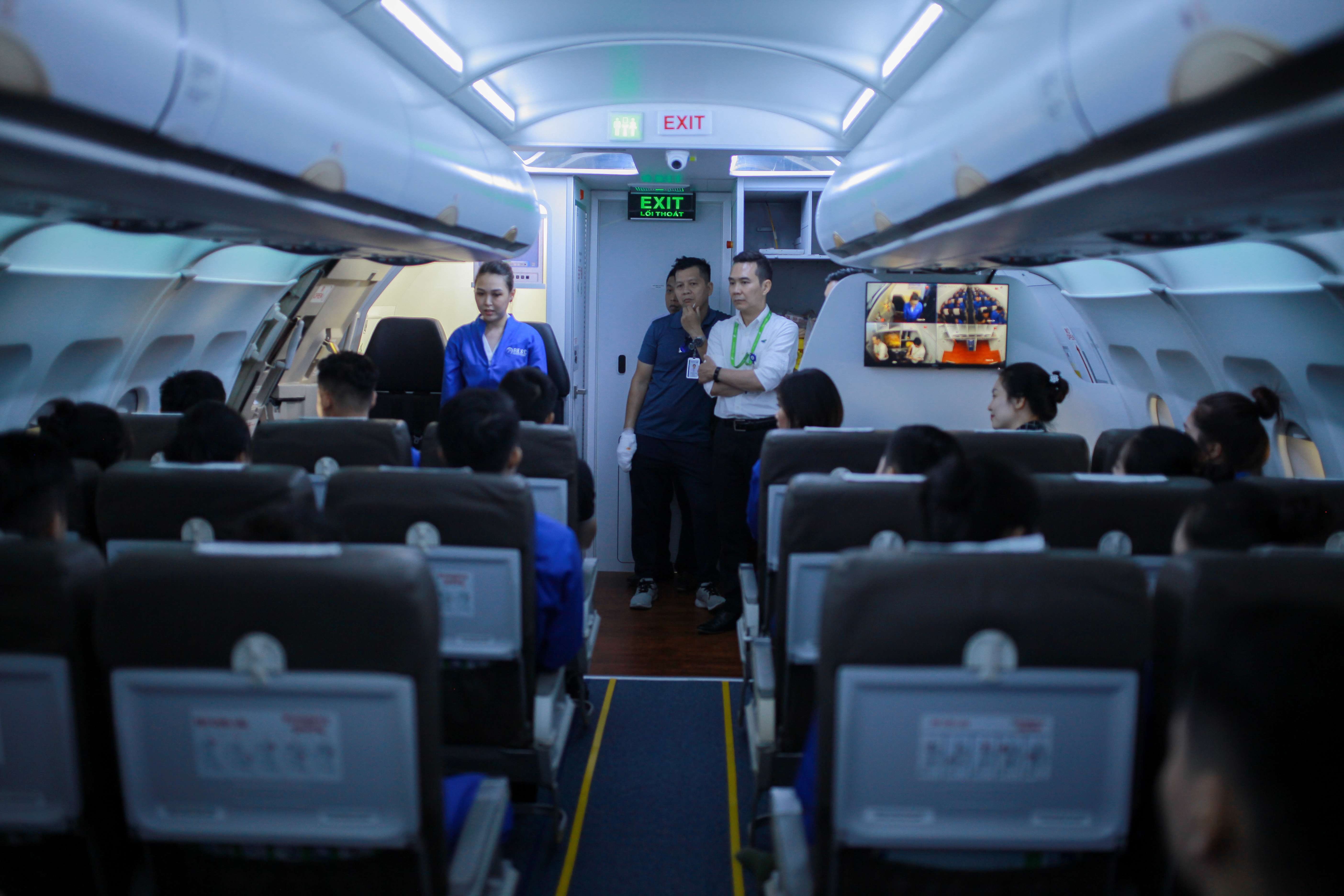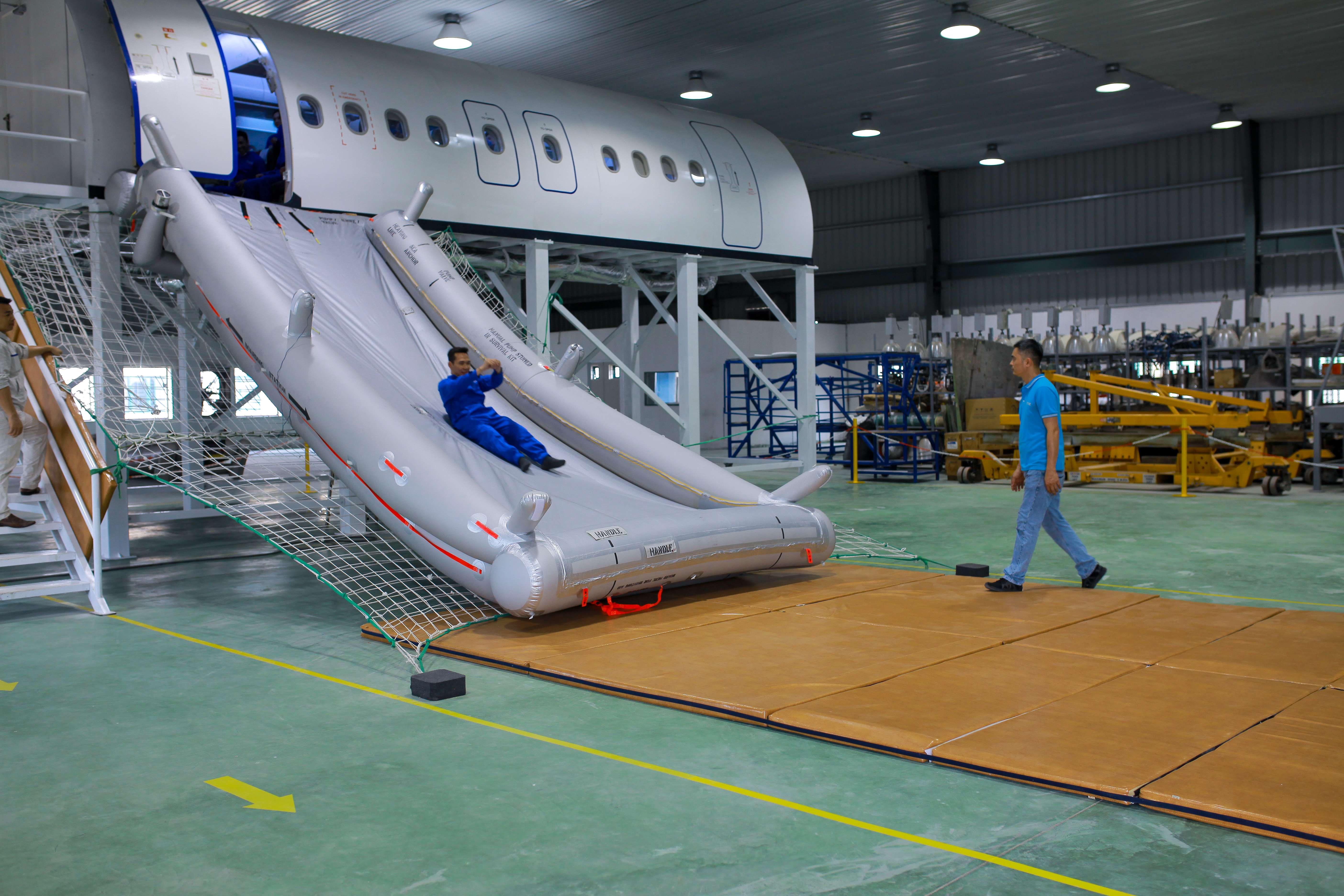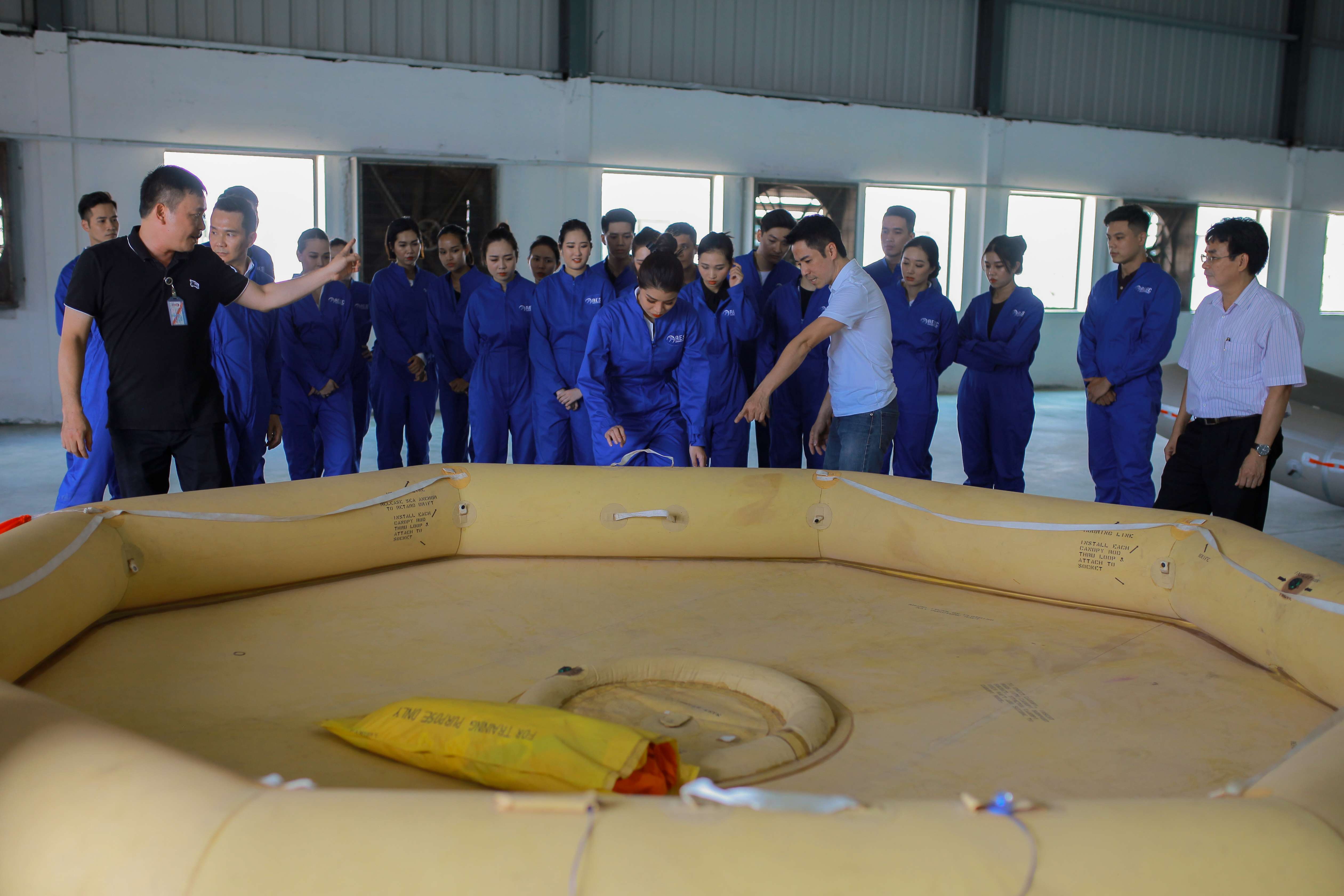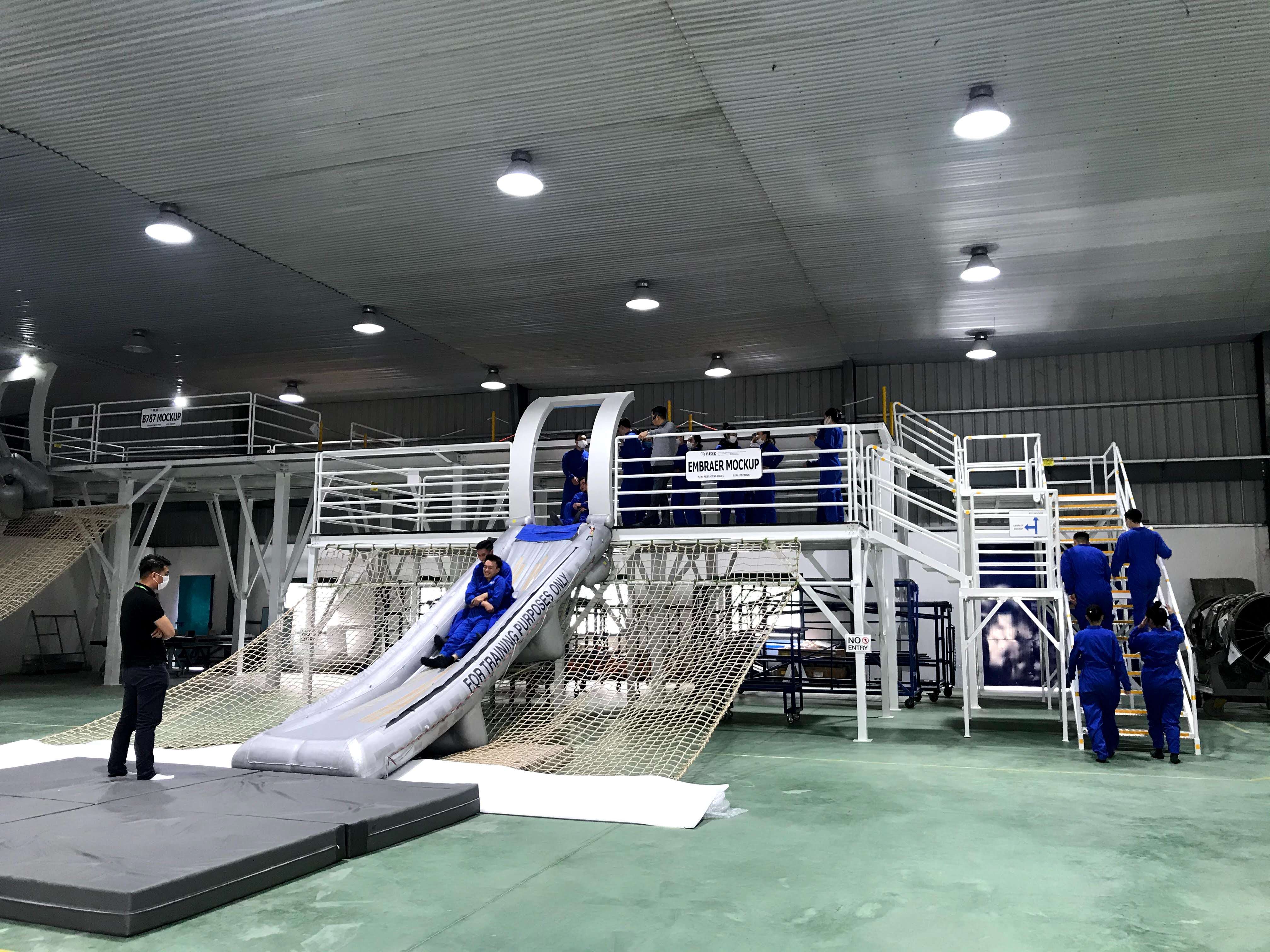
Why choose AESC?
- Clear study route
- Affordable fee
- Conductive learning environment
- Experienced & Licensed instructors
- Good training facilities
Welcome to AESC Aviation Training Center
Aircraft Maintenance Engineering Programme
CAT A CAAV

Enrol 800 hours of Theory & Practical Training
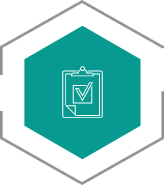
Passed all 12 respective CAAV Examination

Sit for Final Assessment
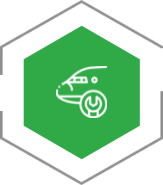
1 years On-Job-Training with CAAV's Approved Maintenance Organisation (AMO) or Airlines

Submission all documentation to CAAV
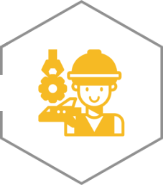
Facility
Gallery
FAQ
Task of an engineer is to ensure the airworthiness of the aircraft is at optimum standards, ensuring the aircraft are fit to fly. This is the study of becoming an esteemed engineer such as that.
It’s a professional certificate, A degree nor a diploma is needed to become a Licensed Aircraft Maintenance Engineer.
CAAV Cat A1: take approximately 12 months to complete.
CAAV syllabuses, under Category A1 program.
Civil Aviation Authority of Vietnam, the governing body that monitors and regulates in regards of aviation safety and air regulations.
Category A1 is certified mechanic – Aeroplane with Gas Turbine Engine.
Aeronautical engineering is focused towards the design and manufacture of aircraft and its components whereas aircraft maintenance engineering is more on ensuring the safety and reliability of the aircraft.
Upon completion and passing of all the modules from AESC, added with 1 year of work experience for Cat A1 and (from a 145 Approved organization) documented by work schedules, is submitted with relevant certificates and application form to CAAV for the grant of basic AME License.
Yes.
Airlines, maintenance, repair and operations (MRO), aircraft and engine manufacturers, aircraft components and parts manufacturers, aviation training companies and etc.
Yes, subject to the employer’s acceptance.
Yes, according to the requirements of the local authority
Familiarization of a specific aircraft type, for example, A350, A320, A380, B777, B737 and etc. that is obtained after having the basic AMEL prior to working.
Theoretical in classrooms, continuous examinations, hands on training in workshops and industry.
All modules carry a minimum passing mark of 75%.
You are barred for sitting that module for 90 days, and required to pay the re-exam fees for next re-sit.
Yes, because sufficient work experience along with high levels of knowledge produces the best results in teaching for this field.
Monday to Friday, from 8.00am till 5.00pm. (Saturday classes may be held to cover teaching hours.)
Not more than 28 students in a batch as per the regulation. 10-15 students maximum in one class.
Yes, practical training is part of the course that involves workshop practices, hands on practical training on simulated and live aircraft.


